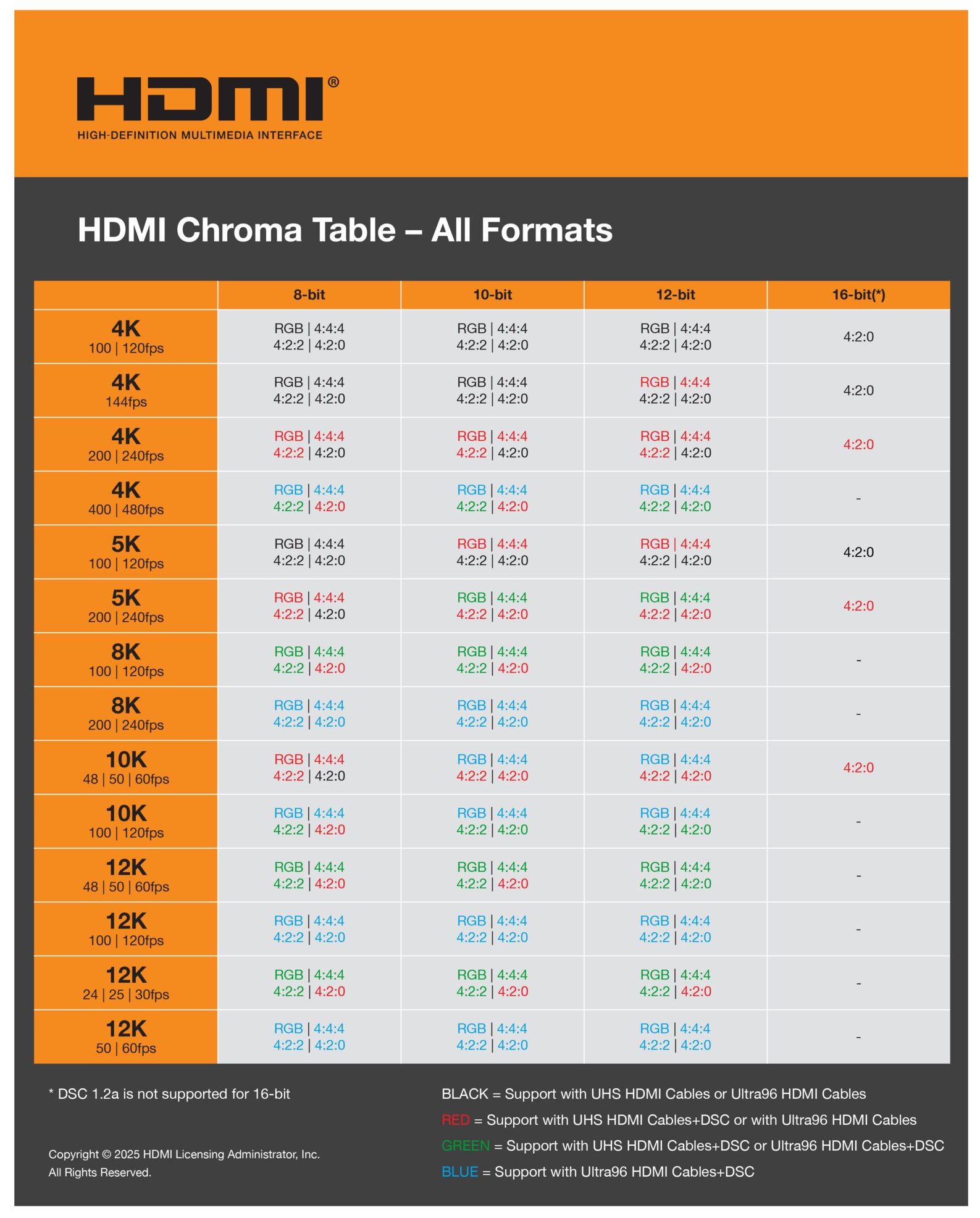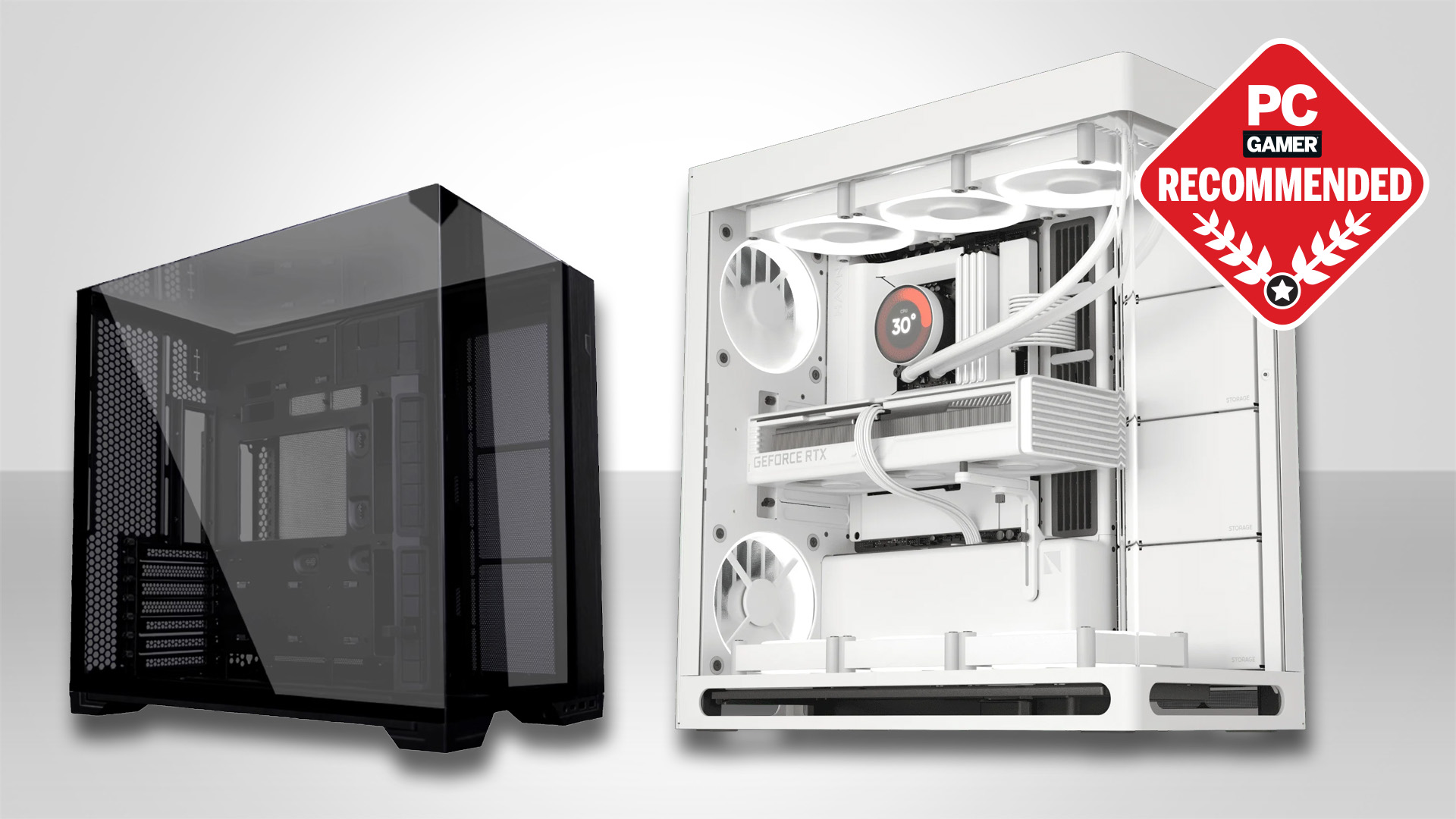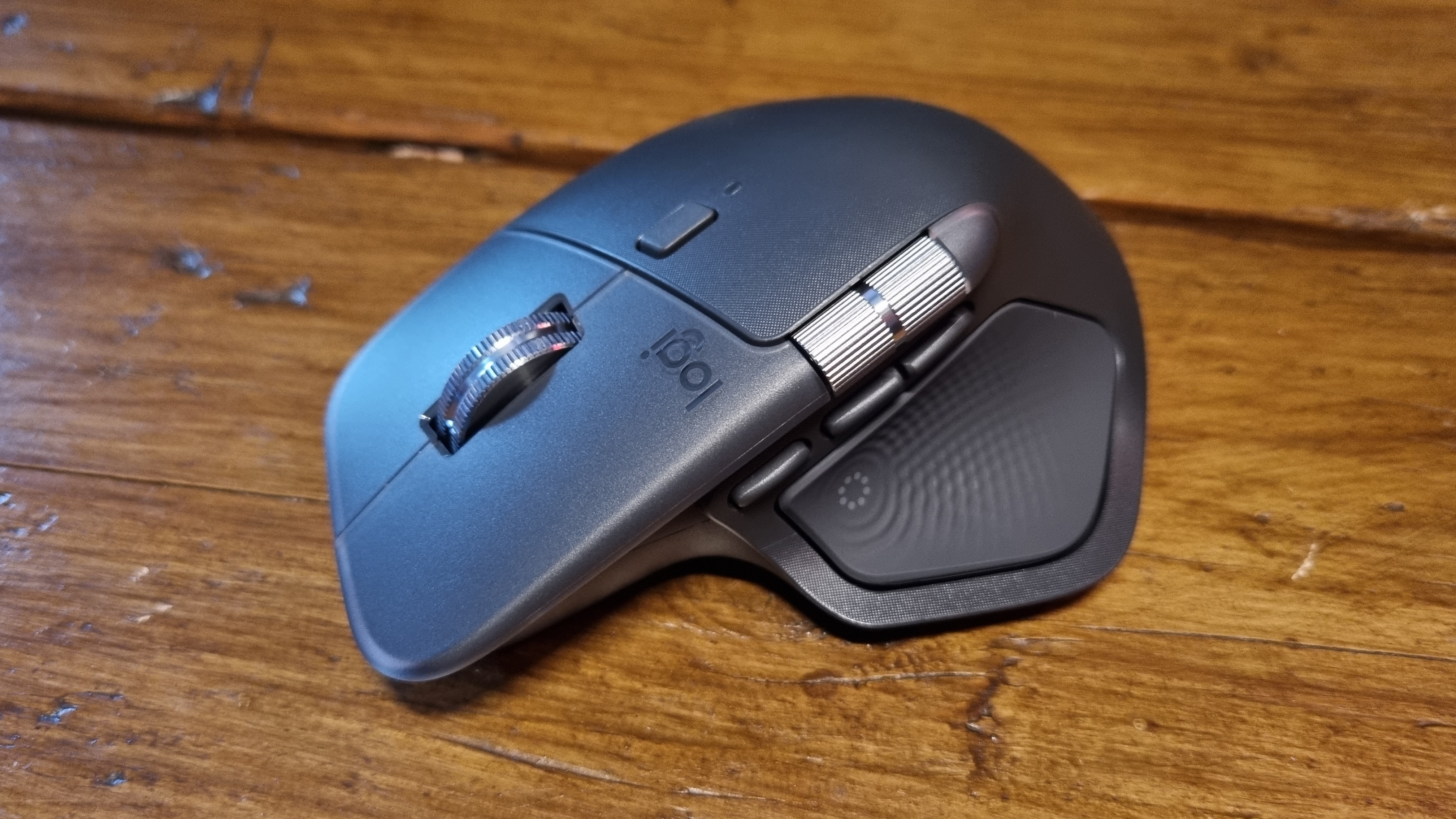HDMI 2.2 interface finalised with 4K at 480 Hz and 12K at 120 Hz support, but you're going to need a new cable
Take that DisplayPort 2.1 and your feeble 80 Gbps.

Prepare for a pixel-pumping party, peeps, because the HDMI 2.2 standard has been finalised and it's ready to go for manufacturers of displays and graphics cards (via ComputerBase). The top-spec HDMI 2.2 variant packs 96 Gbps of bandwidth, which is good enough for 4K at 480 Hz refresh, 8K at 240 Hz or even 12K gaming at 120 Hz. Youch.
That means HDMI 2.2 doubles the bandwidth of HDMI 2.1 and now slightly exceeds the capabilities of the latest DisplayPort 2.1 interface, which tops out at 80 Gbps. But there's a catch.
To hit the full 96 Gbps, you'll need a cable that conforms to the new Ultra96 HDMI certification. Your crusty old HDMI cables will be limited to a mere 48 Gbps. An "Ultra96 HDMI" label on the cable itself will be required, so at least there won't be any confusion.
Hitting the very highest refresh rates also requires DSC or Display Stream Compression. But that's a visually lossless technique that also adds no noticeable latency. So it has pretty much no negative impact on image quality or screen performance. If you're using a high-refresh, high-resolution monitor right now, there's a decent chance that's already thanks to DSC.
Among other additional tweaks and enhancements is Latency Indication Protocol (LIP), which improves audio and video synchronisation. It's mainly aimed at complex setups involving AV receivers and soundbars.
As for when, exactly, you'll see HDMI 2.2 on the PC, that isn't totally clear. By way of example, HDMI 2.1 was finalised in late 2017. The first PC graphics cards to support HDMI 2.1 were the Nvidia RTX 30 and AMD RX 6000 families, both of which were initially released in late 2020. So, that's a three-year time lag.
If that applies again, you would not expect either of Nvidia of AMD's next-gen GPUs to support HDMI 2.2. However, there are rumours from usually reliable sources that AMD's upcoming UDNA GPUs (also referred to as RDNA 5) will support HDMI 2.2, albeit limited to 80 Gbps rather than the full 96 Gbps.
Keep up to date with the most important stories and the best deals, as picked by the PC Gamer team.
If true, that could mean the first HDMI 2.2 graphics cards appear in late 2026 or early 2027, which is when most rumours point to a launch window for the first AMD UDNA graphics cards. That would be a pretty nippy turnaround.
Of course, nobody is going to be gaming at 12K / 120 Hz any time soon. But 4K at 480 Hz? You could see that happening. Or what about 1440p at 1,000 Hz and beyond?
It wasn't that long ago that 144 Hz felt like it was good enough for just about anyone. But now there are esports types who won't get out of bed for less than 500 Hz. So, who's to say 1,000 Hz won't be a thing, especially now that HDMI 2.2 is going to make it practically possible.

1. Best overall:
MSI MPG 321URX
2. Best 4K:
LG Ultragear 27GR93U
3. Best budget 4K:
Gigabyte M28U
4. Best 1440p:
Xiaomi G Pro 27i
5. Best budget 1440p:
Pixio PXC277 Advanced
6. Best budget 1080p:
AOC Gaming C27G4ZXE
7. Best Ultrawide:
Asus ROG Swift OLED PG34WCDM
8. Best 32:9:
Samsung Odyssey OLED G9
9. Best budget ultrawide:
ASRock Phantom PG34WQ15R2B
10. Best WOLED:
LG Ultragear 32GS95UE
11. Best 1440p OLED:
MSI MPG 271QRX
12. Best budget OLED ultrawide:
Alienware 34 QD-OLED
13. Best dual-mode:
Alienware AW2725QF

Jeremy has been writing about technology and PCs since the 90nm Netburst era (Google it!) and enjoys nothing more than a serious dissertation on the finer points of monitor input lag and overshoot followed by a forensic examination of advanced lithography. Or maybe he just likes machines that go “ping!” He also has a thing for tennis and cars.
You must confirm your public display name before commenting
Please logout and then login again, you will then be prompted to enter your display name.


